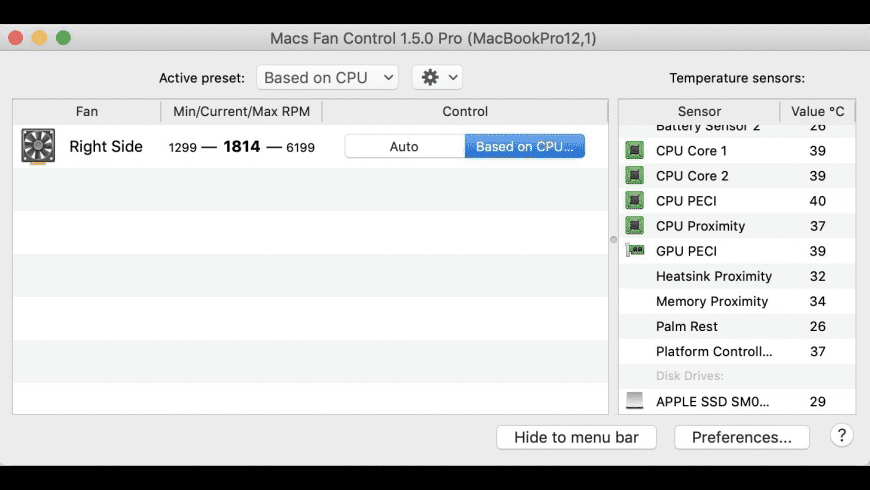
Monitorcontrol mac os software#
Added software brightness control as a fallback if DDC is not available.Added software darkening option in place of ‘lower contrast after brightness’.Moved "Change Brightness/Volume for all screens" under Keyboard in Settings.Upon configuration change, restoring software dimming is smoothed out to be less disruptive.

Upon configuration change, when previously saved software dimming values are restored, a subtle OSD effect will give a hint to the user that MonitorControl is doing this.Subtle OSD effect when using 'Further lower brightness via software shading'.
Monitorcontrol mac os full#
Full compatibility with custom expert ColorSync Display Calibration Profiles.This might also be a better alternative for OLED or microLED displays. Added "Enable Mute DDC command" to handle displays that do or do not support this command (Thanks to In Settings/Display the 'DDC' checkbox can now be unchecked - this combined with 'Enable software control.' will let misbehaving displays be controlled via software dimming.This also solves the issue regarding full screen apps which in the past resulted in the wrong screen being detected as active. Active screen is now determined solely by the location of the mouse cursor (no need to click or anything).Keyboard controls now works when menu is open.Show an OSD lock symbol when keyboard change is not allowed for a few seconds after sleep or display reconfiguration.Hide OSD function hides the mac volume OSD instead of trying to suppress LG display overlay.Enable software dimming if required, this is enabled by default.New "Displays" tab in preferences (this combines the functions of the old "Display" and "Advanced" tab).New Big Sur style menu on Big Sur and above.Replaced menu bar slider titles with icons (only on macOS Big Sur and above).In addition to this the native MacOS volume slider (available from the menubar) remains unchanged and in "locked" mode at 100%.Full release notes for 3.0.0 Enhancements What occurs instead is that the OSD display indicates a volume change but the actual volume level output from the speaker remains unchanged. With my new M1 Mac Mini and Monitor Control 3.0 this no longer works.

With my previous Intel MacBook Pro, Monitor control was able to adjust the volume of this device using the keyboard volume buttons and the OSD would reflect any volume change. The way that MacOS sees this is that the monitor is a DisplayPort audio device and can be selected. This monitor does not have built-in speakers from the factory but Dell sells a soundbar add-on separately which connects to a power output on the back of the monitor as well as a 3.5mm analogue audio output also provided by the monitor. My primary monitor is a Dell U2713H connected via DisplayPort. I have another issue regarding volume control of the other monitor (direct USB-C > DisplayPort) and am entering it here as a separate issue since it does not involve the HDMI > DisplayPort adapter. I had previously reported an issue with an active HDMI > DisplayPort adapter which I suspect may not be solvable.


 0 kommentar(er)
0 kommentar(er)
